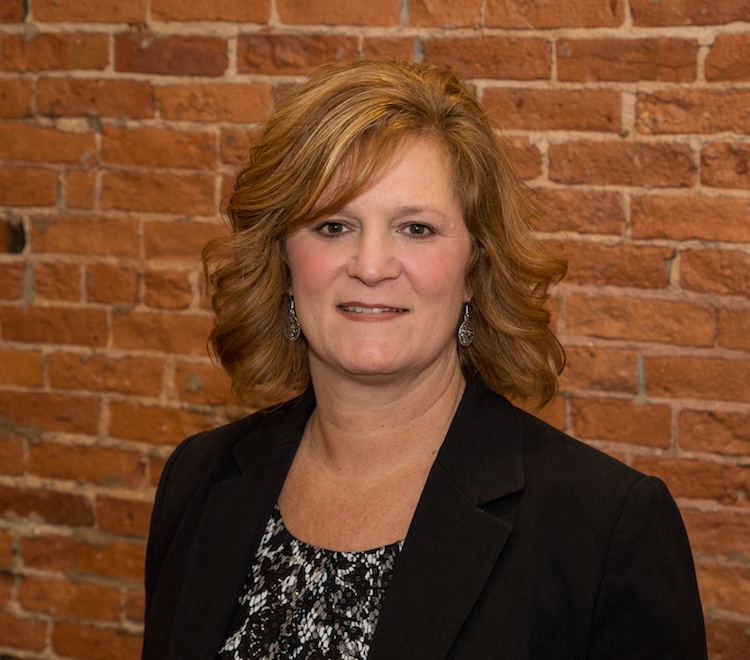For many people, the word “retirement” sparks mixed emotions. Excitement, because the thought of enjoying life without work obligations is appealing. Anxiety, because it can feel uncertain — will I have enough saved, and how do I make it last?
At Winthrop Partners, we believe retirement should be a time to enjoy the fruits of your labor, not a source of worry. As fiduciary, fee-only advisors, our mission is to help you create a retirement planning strategy that aligns with your lifestyle, values, and goals — so you can move forward with clarity and confidence.
In this guide, we’ll break down key elements of retirement planning, share common pitfalls to avoid, and show how working with a fiduciary can make all the difference.
Why Retirement Planning Matters More Than Ever

Retirement is no longer a one-size-fits-all milestone. Longer lifespans, rising healthcare costs, market volatility, and shifting pension structures have made planning more complex. According to the Social Security Administration, the average 65-year-old today will live another 20 years or more — which means your savings may need to stretch across two decades or longer.
Without a well-structured plan, many people risk outliving their assets or being forced to drastically alter their lifestyle. That’s why starting early and adjusting along the way is crucial.
👉 Related reading: more insights on retirement and investing
The 5 Building Blocks of a Retirement Plan
Retirement planning isn’t just about saving — it’s about creating a strategy that balances growth, security, and flexibility. Here are five building blocks to focus on:
1. Clarifying Your Retirement Goals
Do you want to travel, pursue hobbies, support family, or even start a second career? The lifestyle you envision shapes how much you’ll need.
2. Creating a Sustainable Savings Strategy
Tax-advantaged accounts like 401(k)s, IRAs, and Roth IRAs allow your money to grow faster. Maximizing employer matches and understanding contribution limits can significantly impact your wealth. The IRS updates contribution limits each year.
3. Diversifying Investments
Your portfolio should balance growth with protection. While equities may drive returns early on, transitioning to a mix that includes bonds, real assets, and other diversified holdings reduces risk. Learn more about our investment management process.
4. Managing Taxes
Tax efficiency is often overlooked. Strategies like Roth conversions, tax-loss harvesting, and asset location can help preserve more of your wealth.
5. Protecting Against Risks
From rising healthcare costs to inflation, risk management is key. Fidelity estimates healthcare costs at more than $300,000 for the average retired couple — planning ahead matters.
When Should You Start Planning for Retirement?

The short answer: as soon as possible.
- 20s & 30s → Build saving habits and leverage compounding.
- 40s & 50s → Catch up, maximize contributions, fine-tune investments.
- 60s → Focus on income planning, Social Security, and withdrawals.
👉 Check out: retirement planning in your 40s and 50s
Common Retirement Planning Mistakes (and How to Avoid Them)
Even diligent savers fall into traps. The most common mistakes include:
- Relying solely on Social Security
- Underestimating healthcare costs
- Not accounting for inflation
- Failing to plan withdrawals
- Delaying professional advice
Working with fiduciary advisors in Pittsburgh, Buffalo, or Doylestown can help you sidestep these pitfalls.
The Winthrop Partners Difference: Fiduciary, Fee-Only Advice
Not all financial advisors are the same. At Winthrop Partners, we operate under a fiduciary standard, meaning we are legally bound to put your best interests first. Our fee-only model ensures transparency and trust.
👉 Schedule a free consultation with one of our advisors today.
Case Example: Turning Retirement Anxiety into Confidence
A couple in their early 50s came to us overwhelmed by conflicting advice. They worried about retiring at 65, managing investments, and covering healthcare.
Through a holistic review, we:
- Identified gaps in savings and built a catch-up plan.
- Reallocated investments for balance.
- Built a tax-efficient withdrawal strategy.
- Created a healthcare and estate plan.
The result? Confidence. They moved from fear and confusion to a clear roadmap they could trust.
How to Get Started with Retirement Planning
If you’ve been putting off retirement planning, take three steps today:
- Evaluate your savings, debt, and expenses.
- Define your goals.
- Schedule a free consultation with a fiduciary advisor.
FAQ
When should I start planning for retirement?
Ideally in your 20s or 30s, but it’s never too late to begin.
What are the biggest mistakes people make in retirement planning?
Underestimating healthcare costs, ignoring inflation, and failing to plan withdrawals.
How can a fiduciary advisor help with retirement confidence?
By building a personalized plan, avoiding blind spots, and providing objective, fee-only advice.
What does a retirement planning strategy include?
Goal setting, savings plans, investment diversification, tax efficiency, and risk protection.
Final Thoughts
Retirement should be one of the most rewarding chapters of your life. With the right retirement planning strategy, you can enjoy financial freedom, peace of mind, and the ability to focus on what truly matters.
👉 Ready to take the next step? Schedule a free consultation today.

As a Chartered Financial Consultant at Winthrop Partners, Jennifer works closely with clients
and advisors in all areas of the financial planning process. On a daily basis, her key role is the
operations of the firm. With over 29 years of experience, she prides herself with providing
clients with a consistent high-quality experience when doing business with Winthrop Partners.

